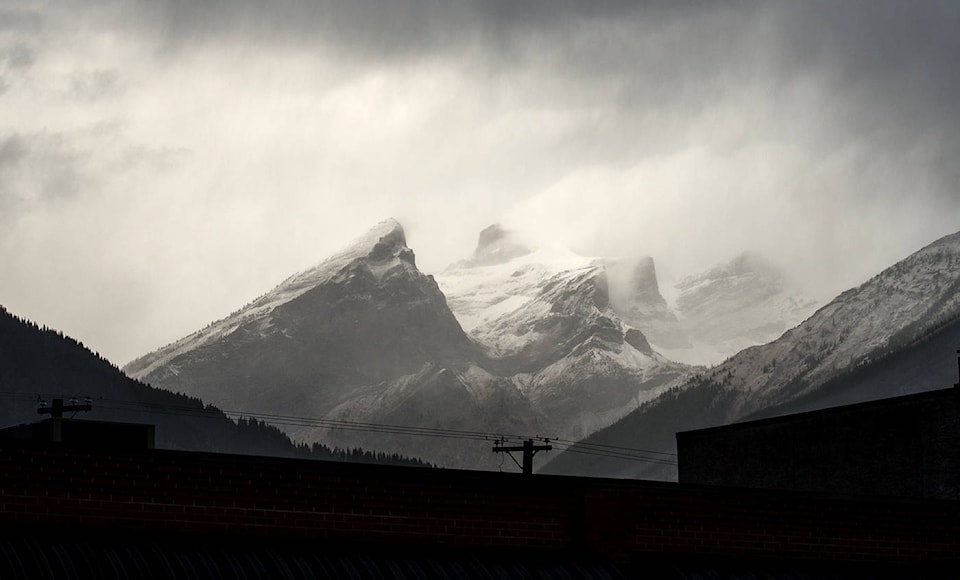By Jennifer Cronin
publisher@thefreepress.ca
After what had been a very dark time for Fernie and the surrounding area, the darkness and despair following the Coal Creek mine explosion, which claimed 128 lives, was beginning to recede, and the light was finally breaking over the horizon, at least for some.
It was May, 1902. World War I was still off in the distance, the newest invention, the radio was only a year old, and motion pictures were nearly a decade away.
That same month, perhaps days earlier, Robert Charles Dunsmore arrived in Fernie from his birthplace of London, England. What an adventure this must have been for a 23-year-old to travel across the ocean and then across Canada.
Arriving in late spring, it is surmised that Dunsmore took up residence with the family of his uncle James Rennie, a Scot, accountant and father of three.
Robert secured employment with the Crow’s Nest Trading Company as a bookkeeper and soon made friends.
It was with two of these friends, Keith Whimster and William Liphardt, that on August 2, 1902, Robert set out to climb to the top of the Three Sisters.
As the peak was inaccessible at the time from the front, the boys opted to climb the back of the mountain, traversing over Mount Fernie and following a ridge for several miles before finally crossing a large plateau.
Having made good headway on the first day, they made camp near their destination and settled in for the night.
In the town of Fernie, the locals clearly saw the glow of the campfire on the hills in the distance. This must have been a reassuring sight for the families of the boys, knowing they were safely settled for the evening.
On waking early the next morning, the boys were in good spirits and set out to climb the last third of their journey. Well into this leg, Dunsmore began complaining of pains in his stomach. The boys decided to rest for a few minutes.
With the summit in sight, the hope was that Dunsmore would feel better shortly but this was not to be. Knowing he would not be able to continue, he urged his friends to carry on.
It is reported that Whimster and Liphardt wrapped Dunsmore in a blanket and began the last leg of the climb, and, never out of Dunsmore’s line of sight, they looked back often to check on their friend who, they recall, was sitting up to watch them. Then, when the boys turned around, they witnessed Dunsmore roll down the hill a few feet.
Abandoning their quest, they ran back and to their horror found Dunsmore laying in a pool of blood.
Beside him was the knife he had used to cut his own throat. Alive, but unable to speak, it was determined that Whimster should head back to town for help while Liphardt would stay with Dunsmore.
Six hours later Whimster arrived in Fernie and a rescue party was dispatched. Leaving at 7 p.m. and travelling overnight, they arrived 15 hours later, only to find that Dunsmore had succumbed to his injuries.
It was assumed that due to the elevation and over exertion he had temporarily become insane.
More darkness for Fernie.
Unable to bring Dunsmore all the way down the mountain due to the rough terrain, he was buried on the backside of Mount Fernie in a beautiful spot on the banks of the stream, which runs through the valley.
A rugged wooden cross was erected to mark his final resting place.
Three days after the death of Robert Dunsmore, his aunt and uncle became parents to their fourth child, a boy who they named Robert Joseph Rennie.
*Written for the Lost Souls Society – Forever remembered
